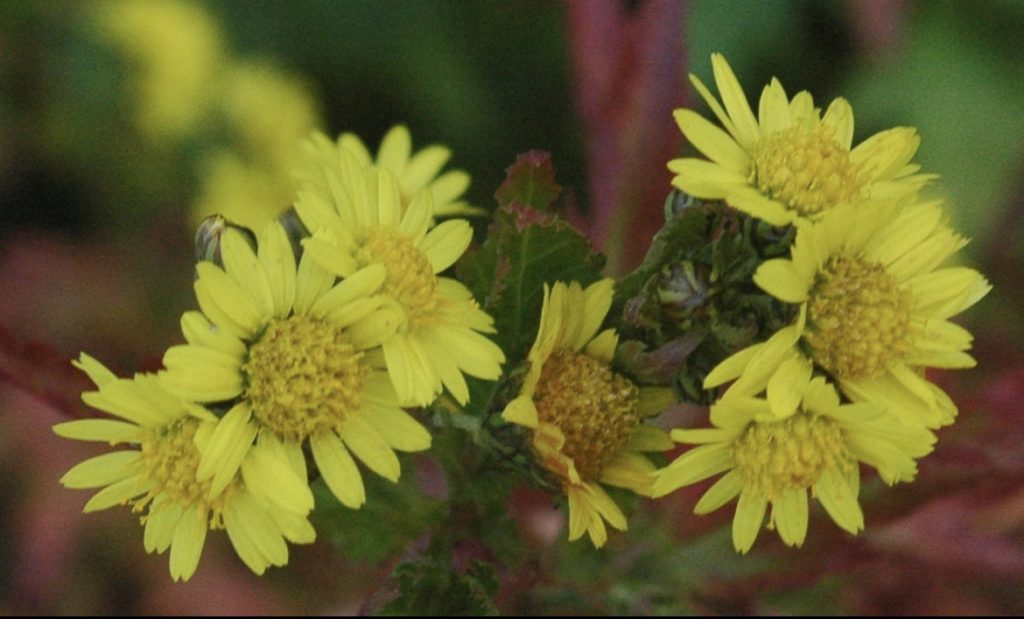A lot of people don’t use Chinese herbs because they aren’t sure what’s in them. To demystify them, introduce them to the world and share with you all how fantastic they are, we will look into some of the common herbs used in TCM (Traditional Chinese Medicine) Chinese herbs are used to improve health and well-being throughout Asia and other parts of the world.

 Ju Hua (Latin name: Chrysanthemum morifolium) is more commonly known as the Chrysanthemum flower.
Ju Hua (Latin name: Chrysanthemum morifolium) is more commonly known as the Chrysanthemum flower.
Ju Hua’s back story:
Ju Hua, or Chrysanthemum, is used traditionally in the West as a decorative flower, fr
equently given on Mother’s Day. It is not commonly used as food, tea or medicine.
In China, it has been used since ancient times in food and medicine. It is often seen as a spiritual symbol in artwork and religious iconography predominantly in China and Japan. In China, it represents longevity and the season of autumn, when it flowers (British Museum, 2006)

How is Ju Hua used in Chinese Medicine?
Ju Hua is part of the “Release Exterior – Pungent Cool” category. It is usually used for Summer colds, sore throats and fevers, within a certain context. Otherwise, It is used for headaches, sore and inflamed eyes, conjunctivitis and visual disturbances. To maintain eye health it is consumed as a daily tea, combined with Gou Qi Zi (Gouji berries). It is also used as a refreshing summer iced tea to prevent heatstroke.
Try this:
- 3-4 Chrysanthemum Flowers with 1 Tb Goji berries – Place in a cup or small teapot, and add boiling water.
Chinese herbs are awesome and treat a huge variety of complaints including cold and flu, fertility, digestive problems, men’s and women’s health, problems during pregnancy, chronic pain and much more. Rebecca incorporates Chinese Herbal medicine into regular acupuncture treatments, so just ask at your next appointment.
Reference
British Museum, 2009. “A British Museum Tour – China: A Journey to the East.” (Retrieved from https://www.britishmuseum.org/pdf/Chinese_symbols_1109.pdf) DOI: 24/12/2016

Recent Comments